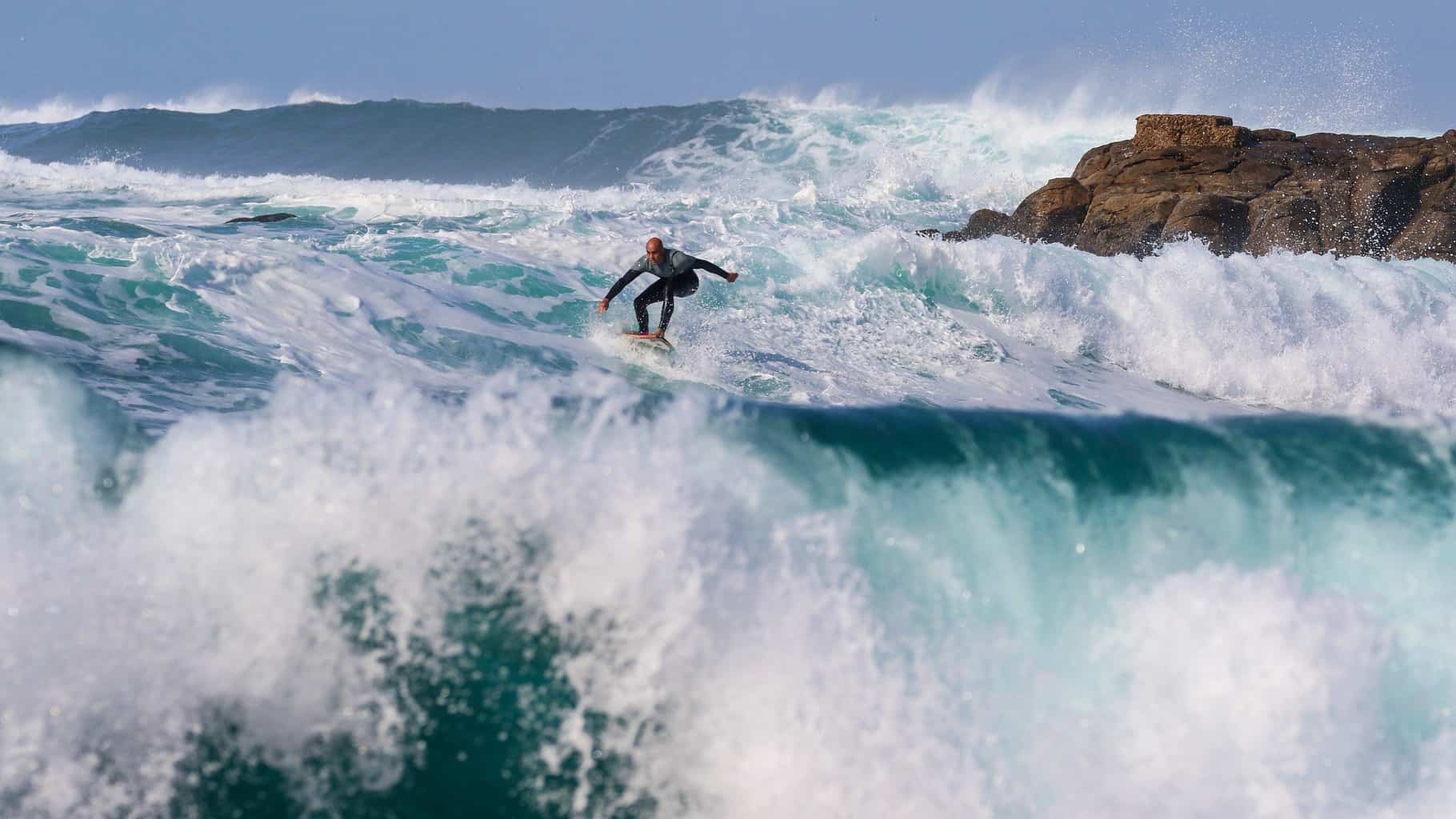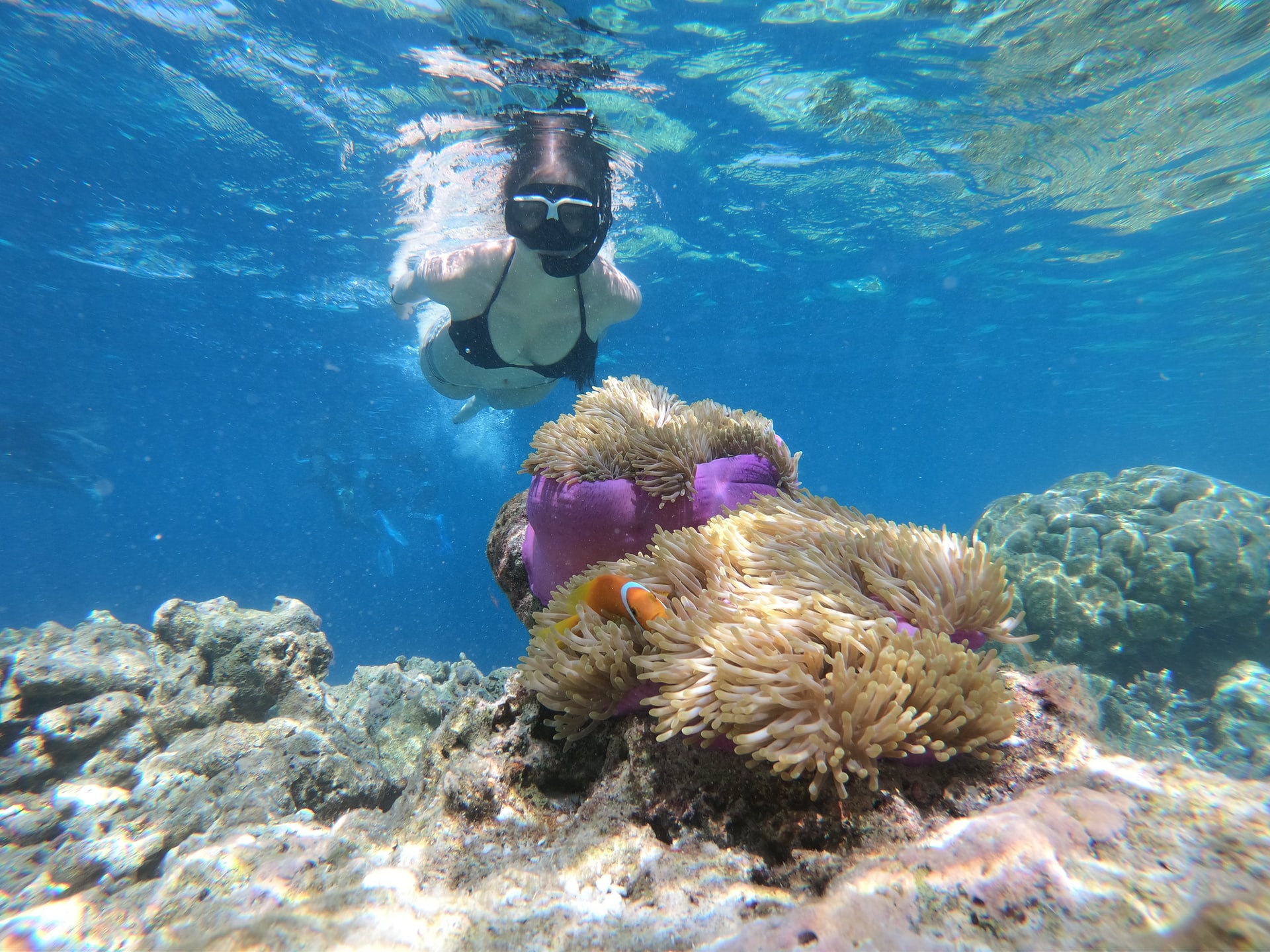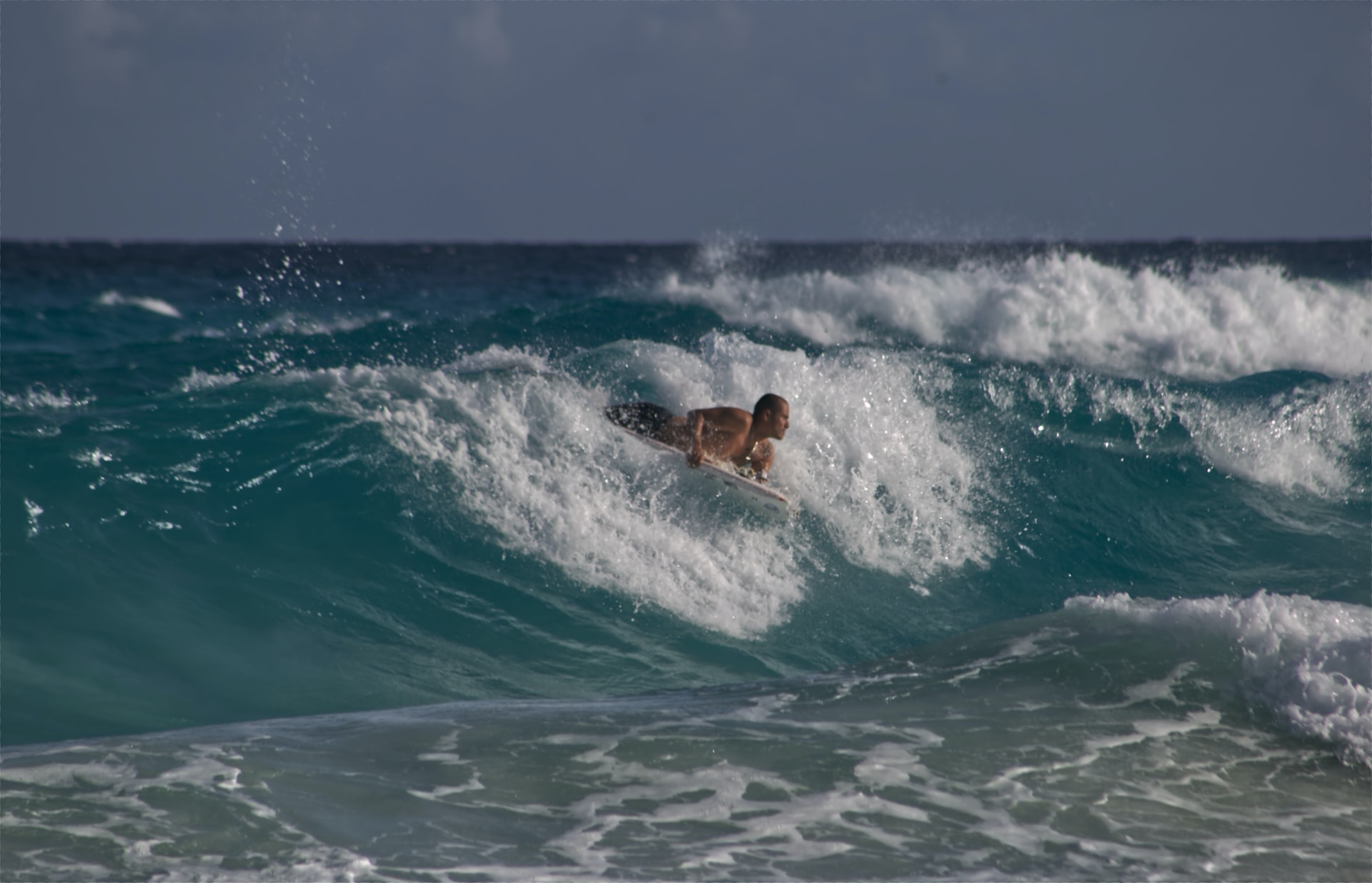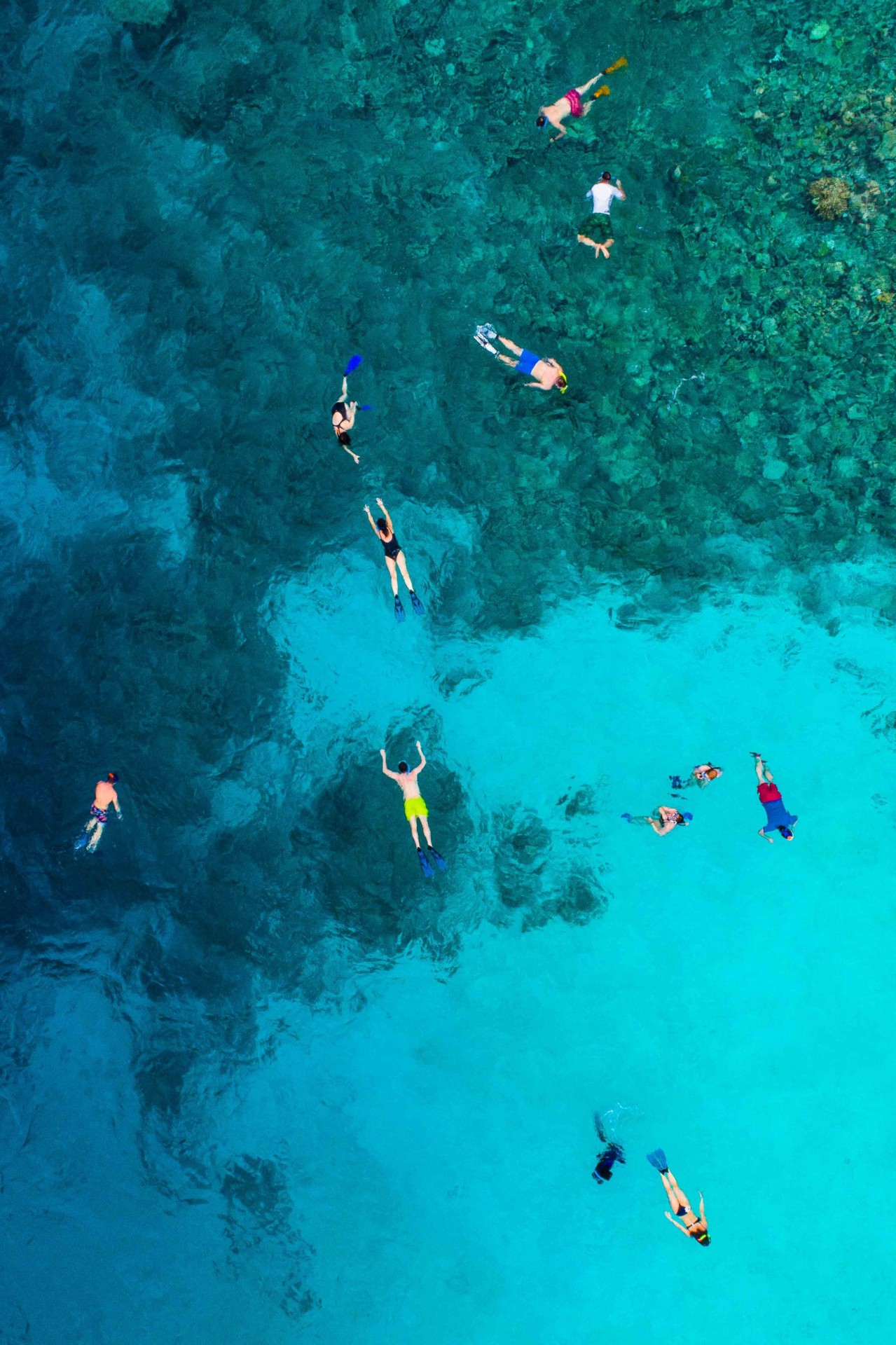Have you ever watched a surfer and thought, that is sort of like skateboarding?
Surfing is just like skateboarding when it comes to the stance you take on the board. The two sports use identical balance techniques and very similar movements.
Apart from the stance and movements, surfing and skating are surrounded by very similar individuals and culture.
Let us take a deeper look into the similarities and differences between surfing and skateboarding, and how doing one could improve your skills with the other.
- Sidewalk Surfing – the Link Between Surfing and Skateboarding
- How Are Surfing and Skateboarding Similar?
- Does Skateboarding Help With Surfing?
- Is Surfing Harder Than Skateboarding?
- Conclusion
- You Might Also Like…
Disclosure: this post contains affiliate links (clearly marked with ), which means we may earn a commission if you buy something through them, at no additional cost to you.
Sidewalk Surfing – the Link Between Surfing and Skateboarding
If you have ever wondered why surfing and skateboarding seem so alike, it is because they came from the same minds.
Surfing can be very limiting as it is entirely reliable on wind direction, groundswell, surface swell, and current direction.
There are not many things more frustrating than not being able to do the thing you love the most because of factors completely outside of your control.
Somewhere in the 1940’s – 50’s Californian surfers grew tired of the sometimes seemingly endless waits between good swell.
In order to keep up with something they loved while the ocean was flat, surfers began to connect roller skate wheels to the bottom of wooden planks.
These were nothing like modern-day skateboards but would allow surfers to bomb down hills in a similar fashion that longboarders do today.
Thus sidewalk surfing was born, the concrete alternative to ocean surfing.
How Are Surfing and Skateboarding Similar?
Surfing and skateboarding, as mentioned before are identical in many ways that include:
- Equipment
- Technique
- The risks
- The culture
Surf and Skate Equipment
Surfing and skateboarding have a very similar aspect, and that is when it comes to the equipment.
Although you are not going to find a skateboarder flying down a hill in a full-length wetsuit or a surfer with a pair of the latest DC shoes in the water.
Both sports use boards, decks, or planks to cruise along at increased speeds.
When looking at board shape and functionality, it is obvious that they both came from the same minds.
Comparing original surfboards to those of skateboards, the only difference is the size and the addition of either wheels or a fin.
Furthermore, the shape of the board in both sports relates to how the board is handled.
Longboards, both in skating and surfing, use slow, smooth weaving movements to glide down a hill or wave.
On the other hand, shortboards, and the most common shaped skateboards of today, are used for tricks, getting air and are moved with quick, whipping actions.
Surf vs Skate Technique
Feet side by side at a 90-degree angle to the front of the board. Shoulders and head facing forward to see where you are going.
Surfing and skating use the same stance when it comes to standing up.
Although, this is not the only similarity between the techniques of these two outdoor activities.
When it comes to turning and directing your board, whether it is on land or in the water, all movement comes from the hips.
Bending either the front or back knee while pivoting from the hips causes the board in both sports to go in the desired direction.
A quick pumping (surfing) or tick-tacking (skating) motion is used to increase the rider’s speed.
Too far forward sends the rider face-first into the water (or ground), while too far backward and you will be looking at the sky from your back.
Finally, both sports use hitting the peak of a wave, or in skating the lip of a half-pipe to either gain air, or to turn around and fly down the slope with increased momentum.
These, of course, are not the only techniques that work similarly, as many of the individual tricks use similar concepts.
One of these tricks is a boardslide while skating. This is almost identical to a tailslide, that is performed along the lip of a wave.
The Risks of Skating and Surfboarding
‘Wiping out’ – a term that every surfer or skateboarding enthusiast knows all too well.
Both skateboarding and surfing can be dangerous in their own ways. However, some of these risks remain the same.
The boards from both sports are hard and sometimes seem like they have a mind of their own.
Being hit by your board is such a common injury for both sports that it tends to be taken for granted.
Although surfboards tend to gravitate towards the head, and skateboards towards the shins, the sensation does not feel all that different.
Although you will not find yourself at the risk of drowning when using a skateboard, falling down at the peak of a half-pipe seems a bit like falling off the peak of a wave.
Rolling down the steep face with nothing to stop you other than friction and flatter ground.
Falling on a solid surface may hurt more initially, but at least you can breathe.
Surfing and Skateboarding Culture
Because of their similar origins, there is no wonder that the two sports hold similar cultural behaviors, as well as the way they are viewed in the eyes of the public.
On the more obvious side, both surfing and skating are individual, outdoor sports.
Both sports allow the rider to be the creator of their own journey. They decide their own path, the journey, and what will happen on that journey.
Although, just like anything in life, not everything always goes to plan.
The idea of a free spirit, rebel, and outside of society all come up when individuals from these two sports are thought of.
The clothing worn is also similar. Although, what was once considered sub-culture and underground has now become mainstream and a common fashion statement.
Surfers and skateboarders alike tend to dress in a more unconventional style.
There is also a natural order with these two sports that are recognized by newbies.
Being so individual, newcomers tend to be less welcome.
Just like waiting in a line-up for a wave, new surfers are pushed to the back of the queue and the locals always have the first pick.
Skateboarding is much the same. When waiting at a skate-park for your turn on a ramp, newcomers will have to wait there turn, and sometimes not get a chance at all.
Some could say that both these cultures have an unwelcoming attitude towards outsiders.
Maybe this is because of the rebellious way they have been viewed by the rest of society in the past.
Does Skateboarding Help With Surfing?
With so many similarities, one would assume that skateboarding could help your surfing skills.
So, does knowing how to skateboard help with surfing?
The answer is “Yes”.
In a broad sense, there are many techniques and tricks with skating that will help improve your surfing skills.
Some of these key points include:
- Balance
- Flow
- Repetition and consistency
Balance
Because the stances are the same, skating will help with your surf balance.
When you cannot get into the water, either because of conditions or time, spending time on a skateboard will help you better understand your center of gravity.
Knowing where your tipping point is and how to keep yourself on a skateboard will transfer to surfing without you even noticing it.
Skateboarding is the closest you will get to mimicking a surfing balance when outside of the water.
Flow
Without flow, there is no speed. This is true for both surfing and skateboarding.
Skateboarding is one of the few sports you can use to practice flow while in a controlled environment.
The relation between the small subtle movements of your upper and lower body is where speed and momentum are created with both surfing and skating.
When practicing on a skateboard you will learn how your body movements affect the movements of the board.
This is perfect, as when in the water you tend to have only short bursts of time to understand this, or imperfect waves that make it difficult.
Repetition and Consistency
One of the main reasons skateboarding will help your skills while surfing is the possibility of consistency.
When in the water, many outside elements are not in your control.
Each wave is different. They will break differently, have a higher or lower peak, and carry different amounts of water.
This means that your speed will vary, the angle of your body will need to constantly change, and there will be different sections of the wave that you need to maneuver around.
Not to mention that you will need to chase the waves around the bay and have long lulls between sets.
Skating, on the other hand, does not change. Once there is a ramp or halfpipe, it remains that way for good.
Having the opportunity to try something time and time again in the same setting is the fastest way to pick up a new skill.
When the conditions do not change, it is possible for you to focus on a single problem.
After all, repetition and practice always lead to success.
Is Surfing Harder Than Skateboarding?
Surfing is not a particularly difficult sport to learn, but becoming good at it comes with its own challenges.
Although skateboarding can help you with your surfing skills, surfing tends to be a lot harder than skating.
So why is surfing more difficult than skateboarding?
The Environment
Like mentioned before, when skateboarding, the environment stays consistent.
Surfing a wave requires more than just balance and flow.
A surfer needs to understand the movements of the ocean, know where to best position themselves in the water, and how to correctly time their paddle and popup.
Apart from understanding these key points, the water will always be changing.
This makes it hard to learn as every time you choose a wave, it will bring its own challenges and puzzles.
The unpredictability of the ocean creates a bigger learning curve when it comes to learning how to surf.
The Riding Surface
When surfing, the surface is not solid.
This means that without enough speed, the rider will simply sink. Skateboarding, on the other hand, allows you to stand still and find your balance.
Leaning too far to one side, or incorrect footing will dig the rail of a surfboard into the water.
Although performing the same movement with a skateboard may still cause you to lose balance, when on a surfboard, this “line” is a lot smaller.
Because a wave is ever-changing, surfing requires more movement to stay balanced.
This movement, with the small margin for error, makes staying standing on a surfboard a lot harder than on a skateboard.
Physical Demand
Surfing is dynamic in terms of body position.
Unlike skating, which is always done standing up, surfing requires two main movements.
Getting from a stomach on the board positioning to a side on standing stance is one of the hardest challenges for a new surfer.
Skating, just like surfing, has a high demand for a strong core and well-trained legs.
However, when surfing, upper body strength plays a large role.
Not having the shoulder power to paddle around the bay, not moving fast enough onto a wave, and having no strength to push yourself up will result in never catching a wave.
Perhaps this is why surfing is such a good workout.
Conclusion
Because skateboarding has an inseparable relation to surfing due to its origin, the two sports are fundamentally very similar.
When it comes to balance, style, and culture, these two activities are clearly siblings born from the same family.
However, it is interesting to see the way that these two very similar cultures have formed an almost “Us” vs “Them” idea.
Surfers will argue that skating is easier, and skaters will argue the opposite.
The point remains that both come with their individual challenges, and are as similar as they are different.
You Might Also Like…
-
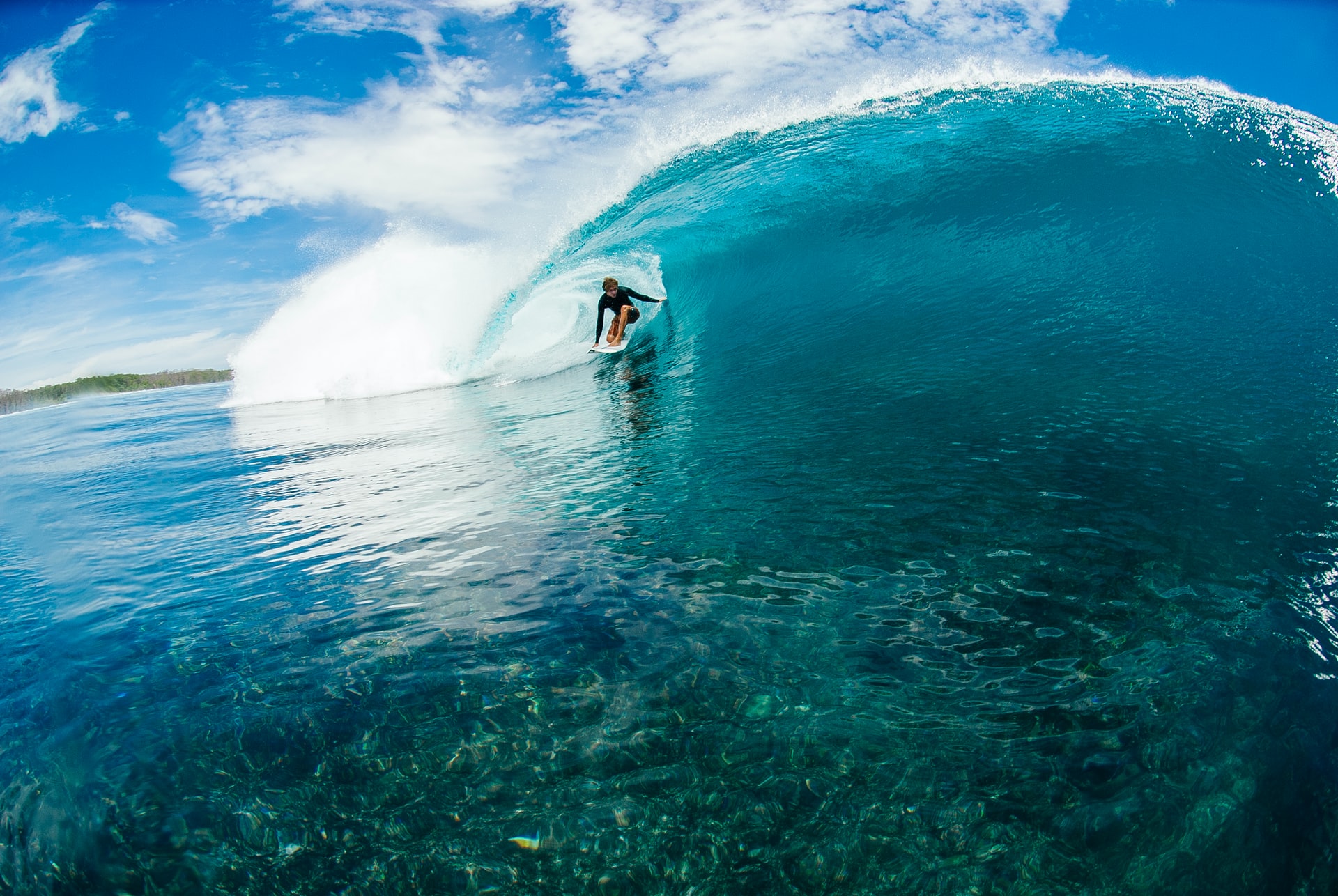
Do Surfers Ride Switchfoot? 5 Benefits (& Why You Should Learn It)
-

Do Surfers Shave Their Legs? 5 Common Reasons (+Pros & Cons)
-
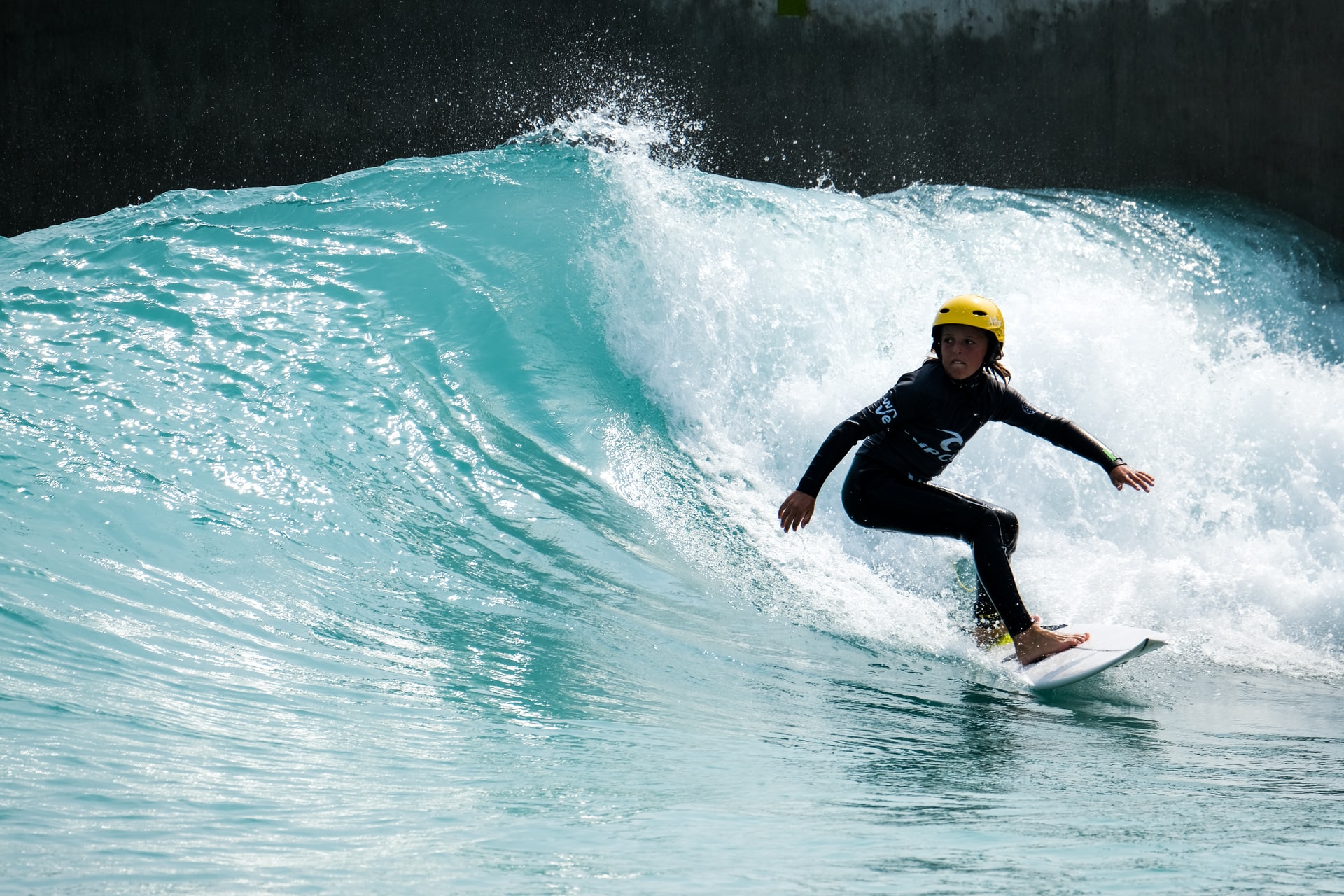
Do Surfers Wear Helmets? 8 Situations You Should Wear One (+4 Cons)
-
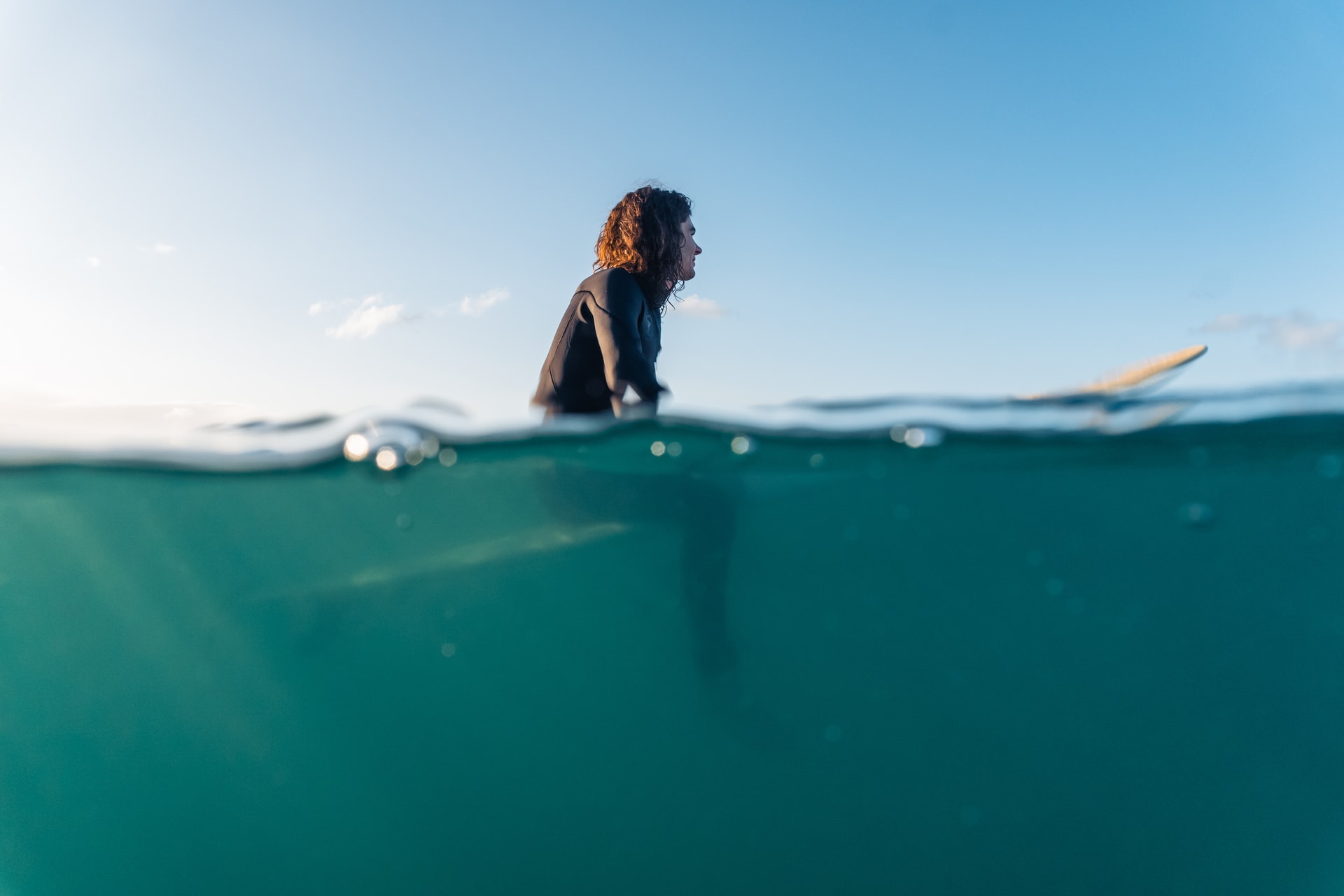
Do Surfers Poop in the Ocean? Myths & Facts (+5 Tips)
-
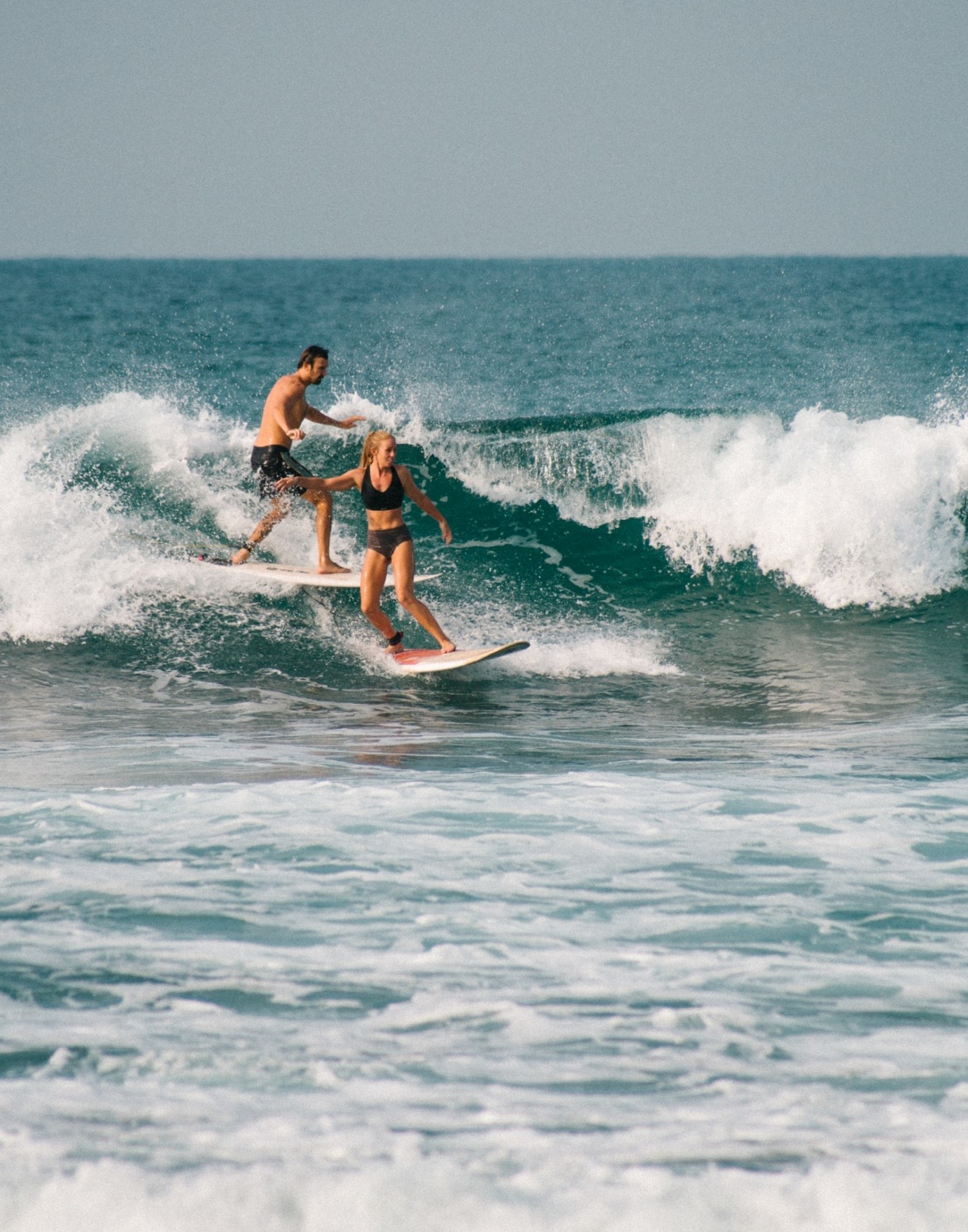
Do Surfers Run Into Each Other? 5 Common Reasons (+8 Tips)
-
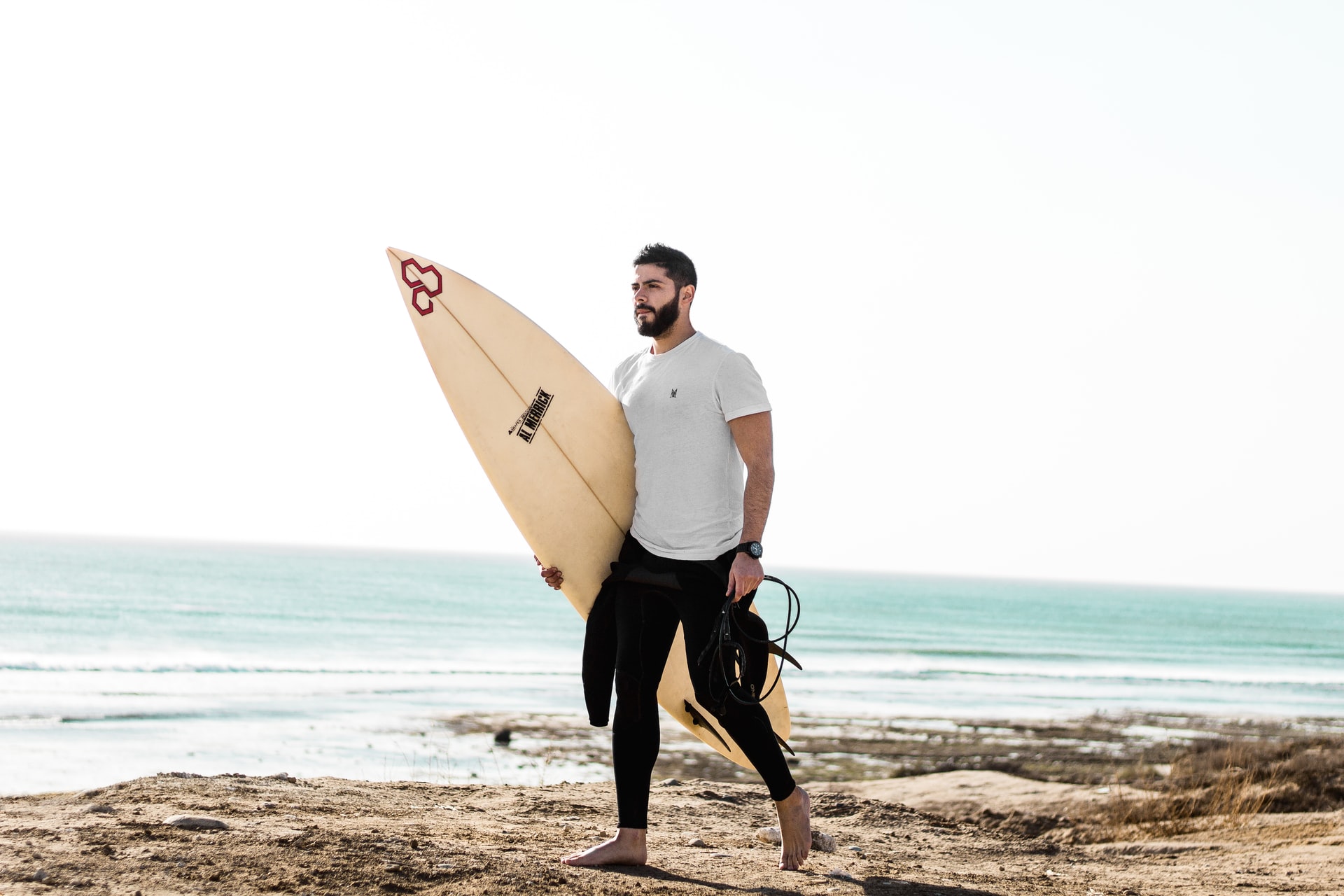
Do Surfers Have Beards? Pros & Cons You Should Know (+4 Tips)
-
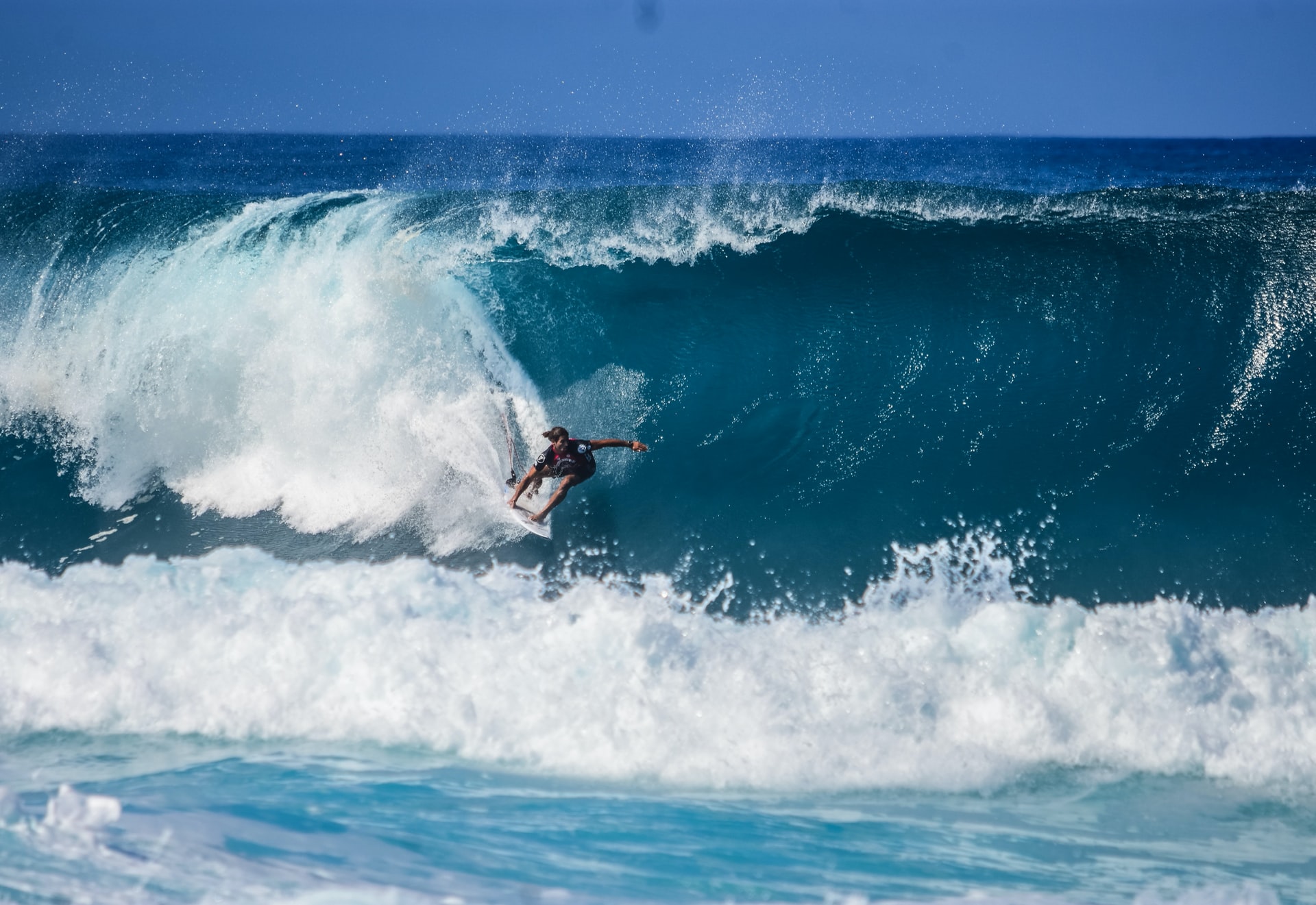
Do Surfers Like Constructive or Destructive Waves? (+Pros & Cons)
-
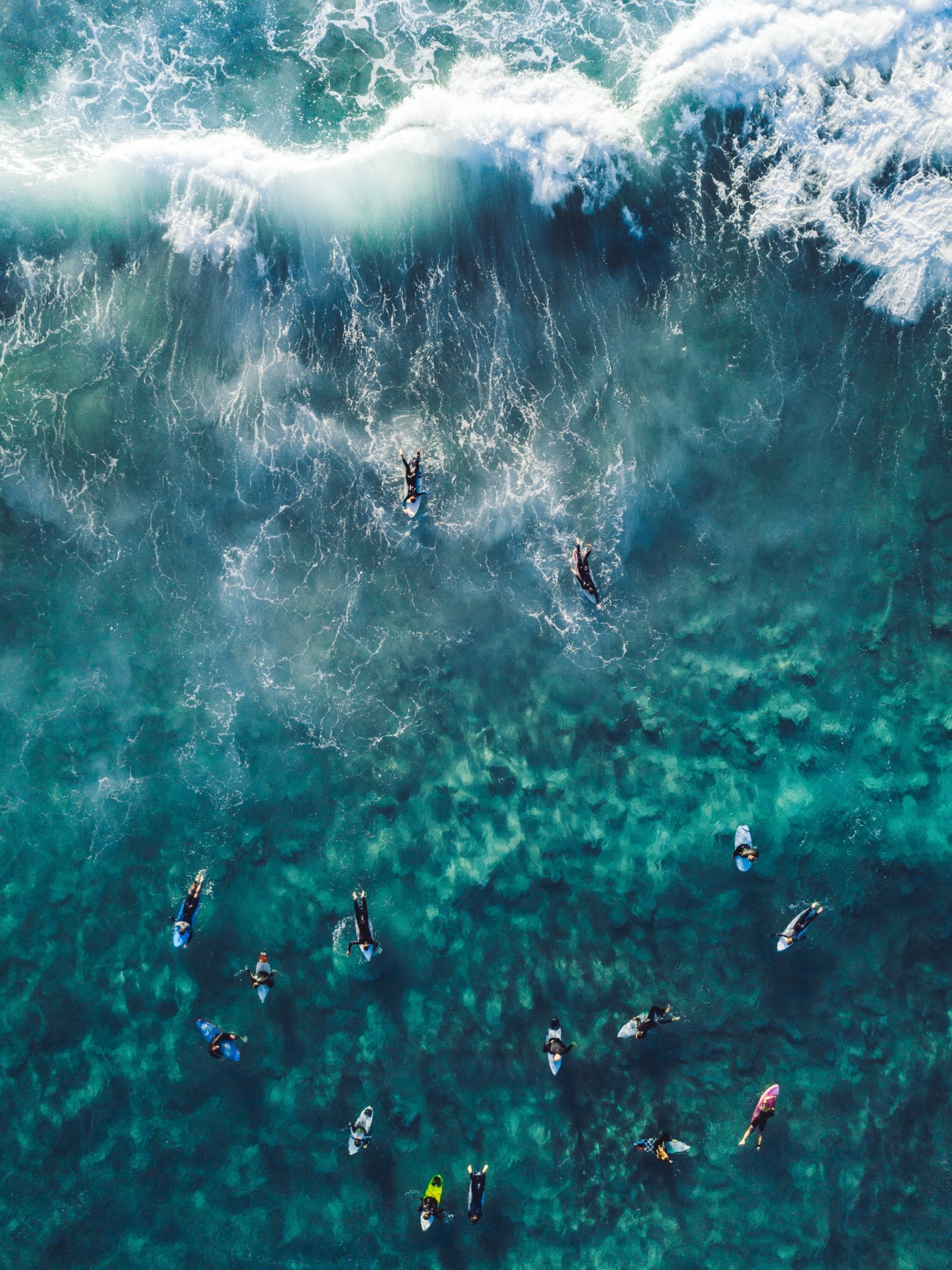
How to Surf Safely: 34 Crucial Tips (Every Surfer Should Know)
-
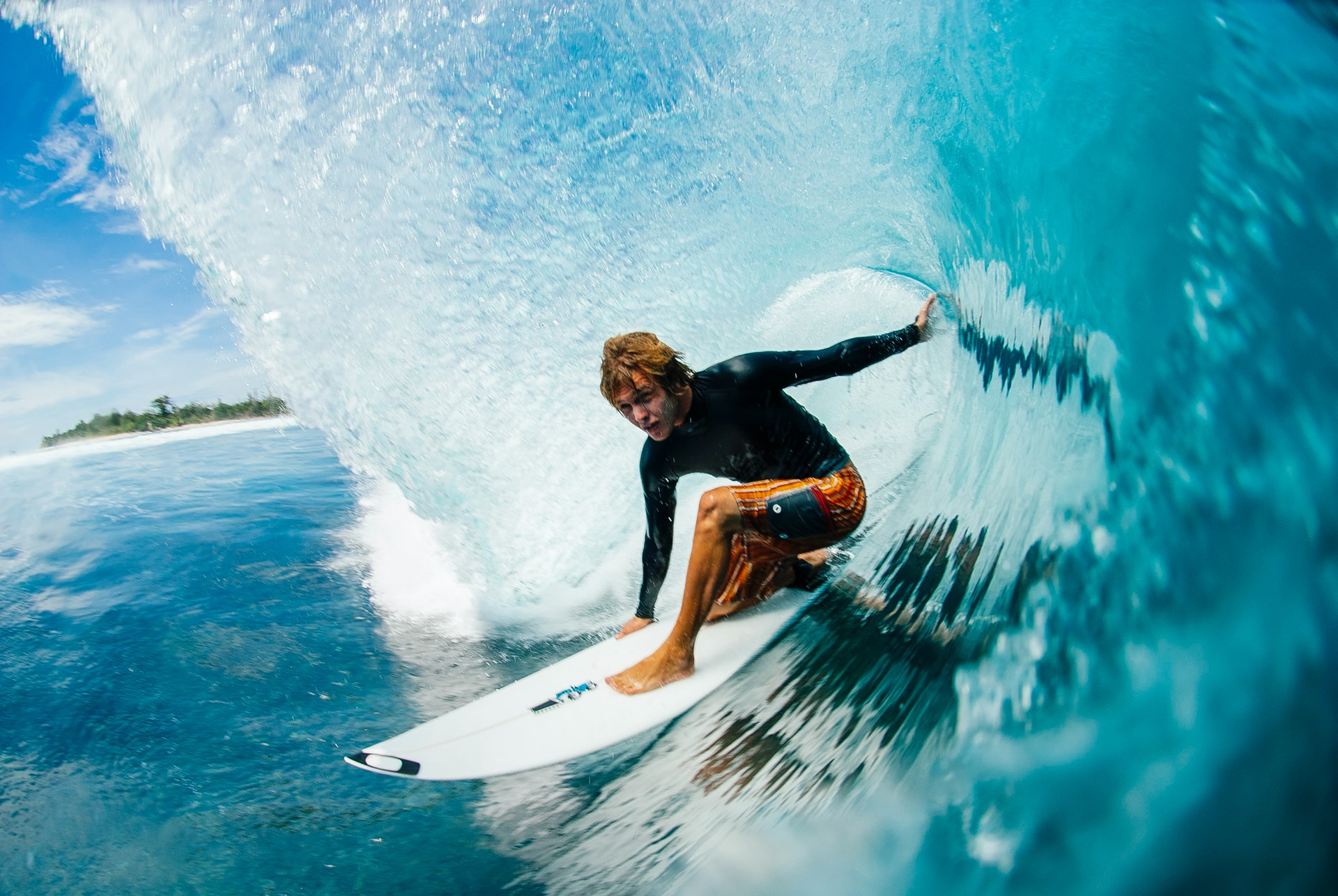
Do Pro Surfers Use Leashes? (+6 Reasons Why You Should Too)
-
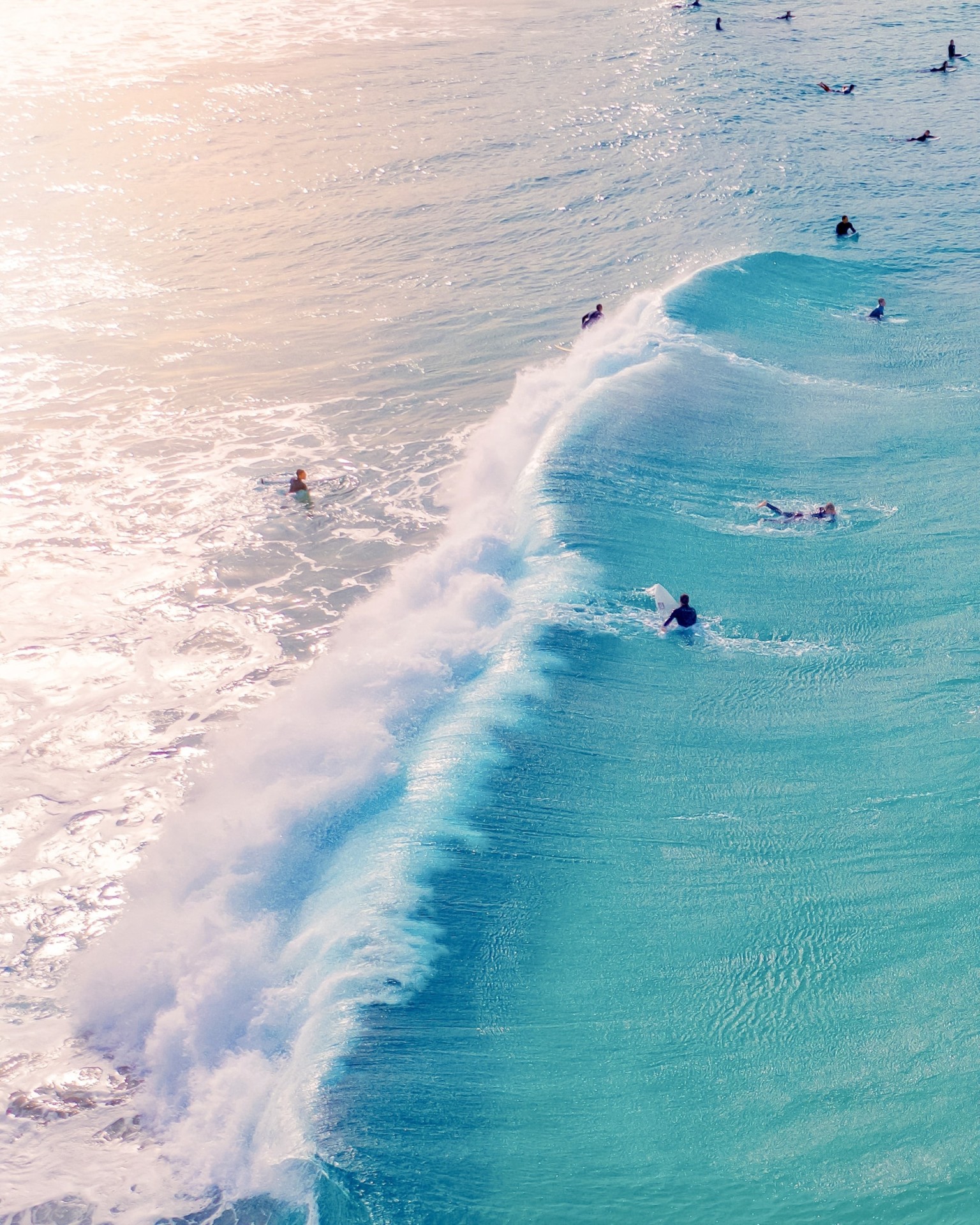
Do Many Surfers Drown? Here Are the Facts (+4 Common Reasons)
-
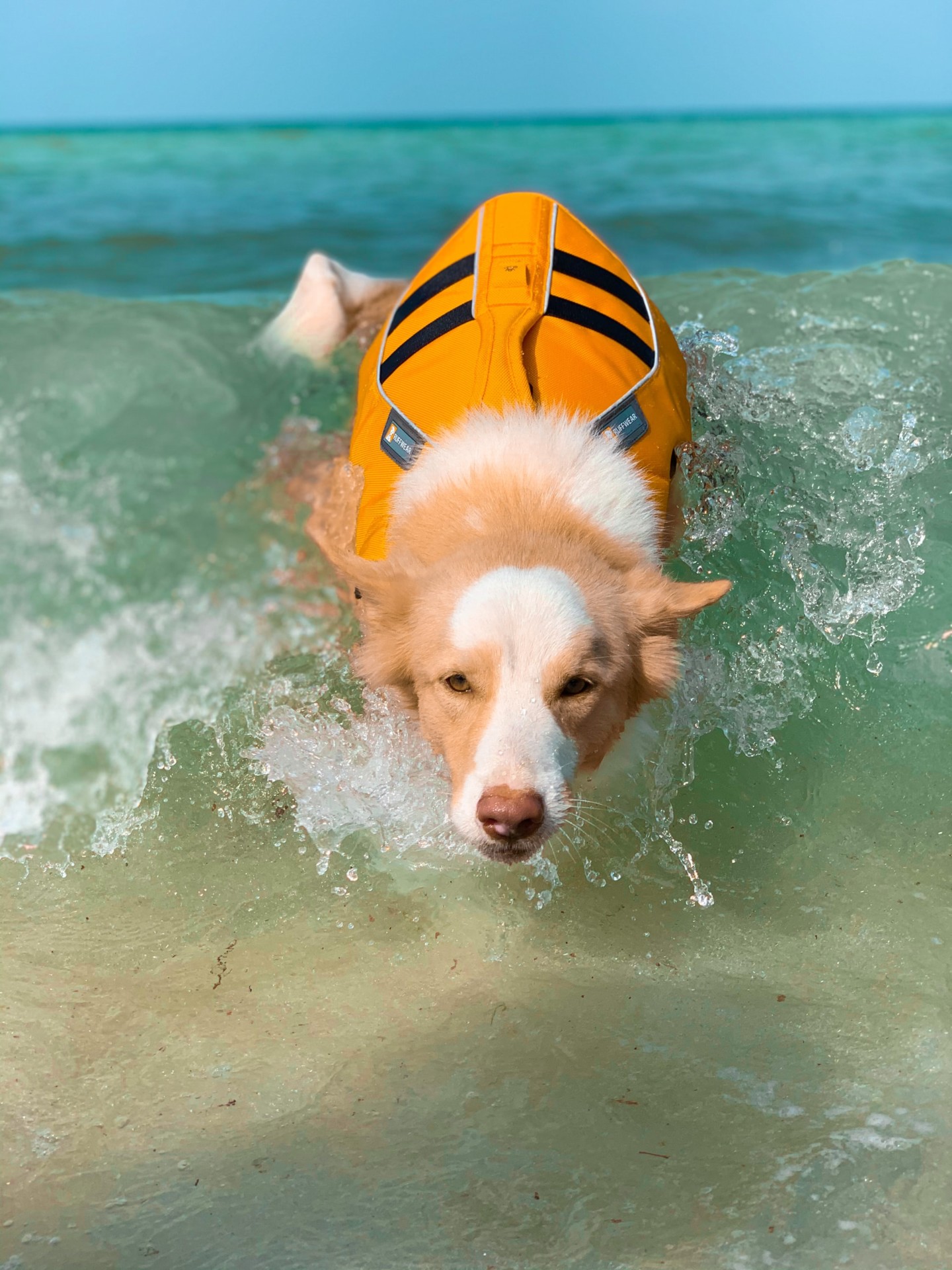
Do Surfers Wear Life Jackets? (7 Reasons Why They Don’t)
-
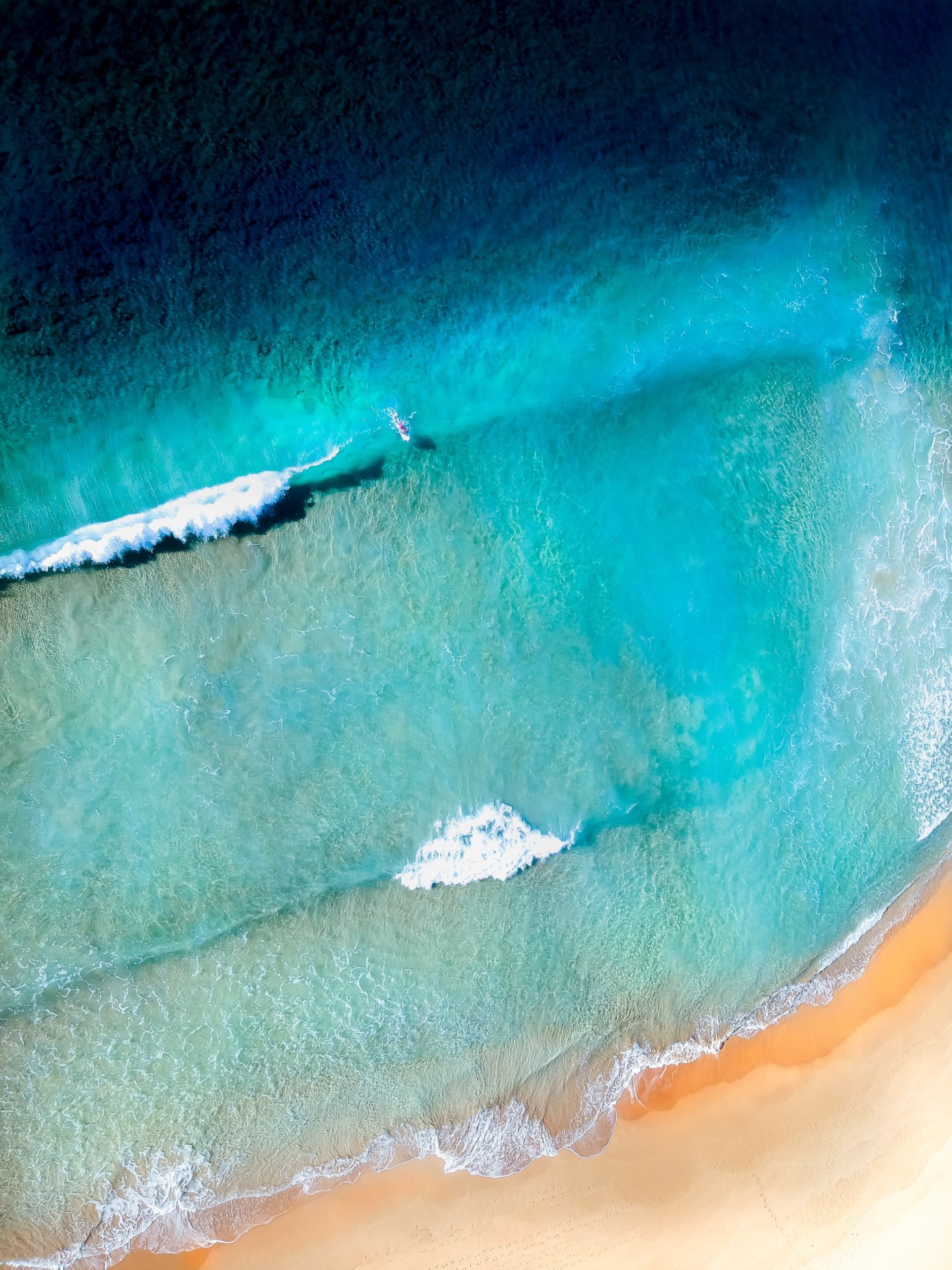
Do Surfers Like Rip Currents? (& How to Use Them Safely)

